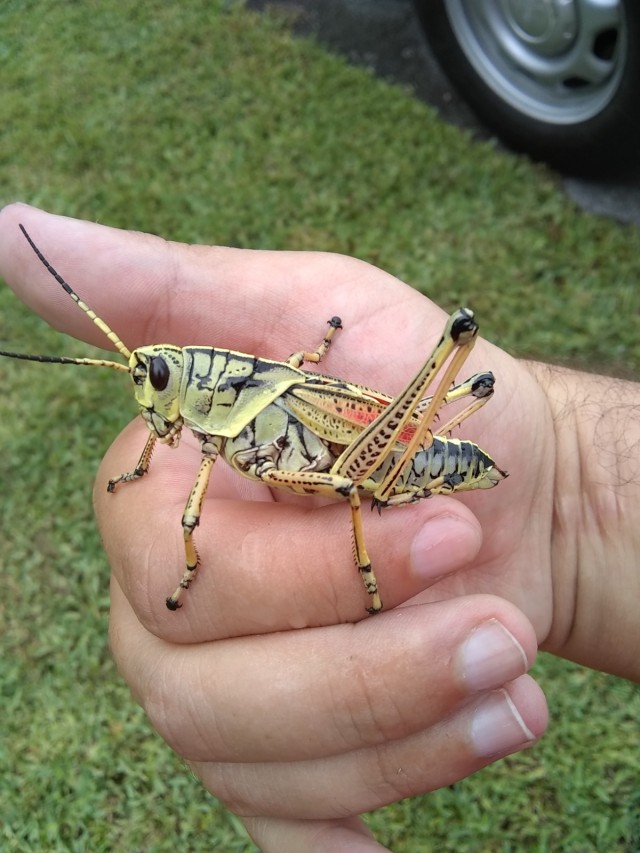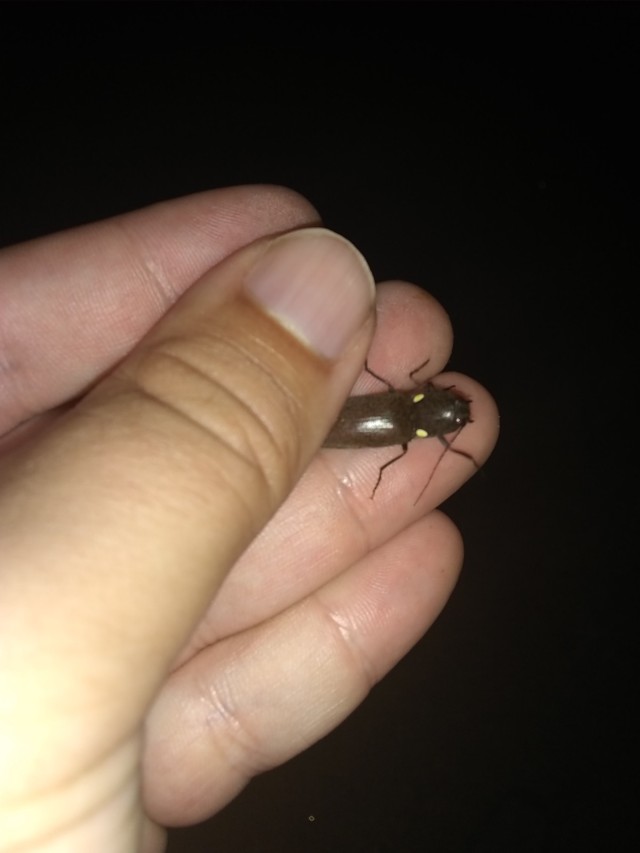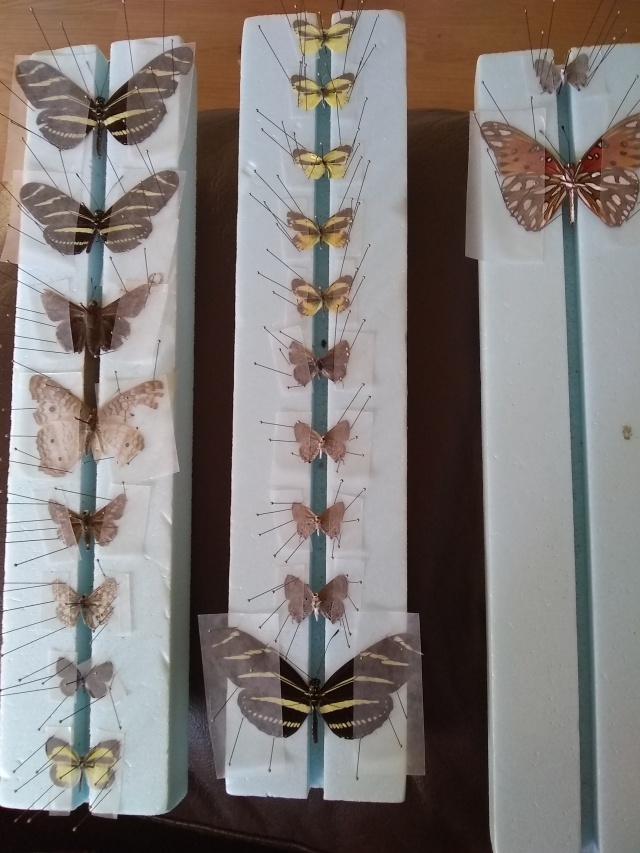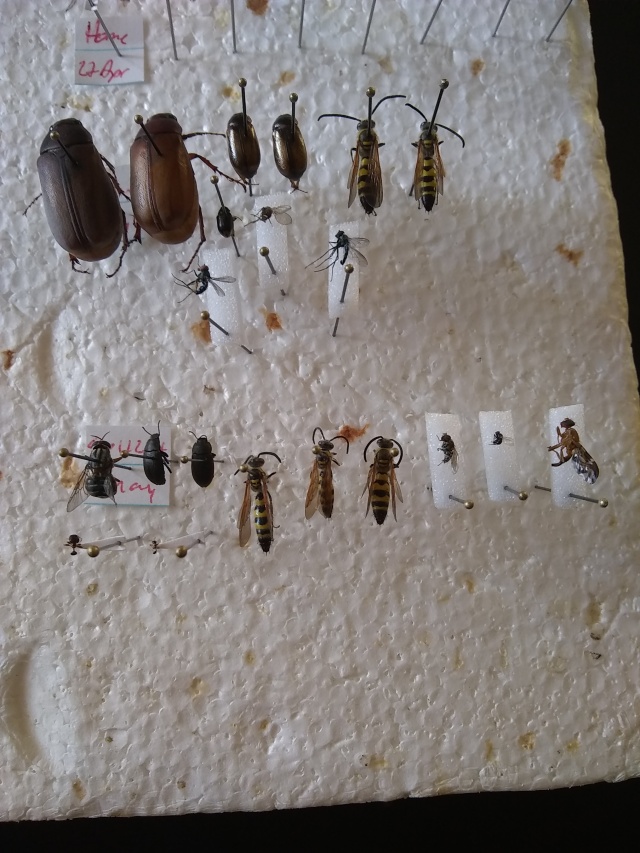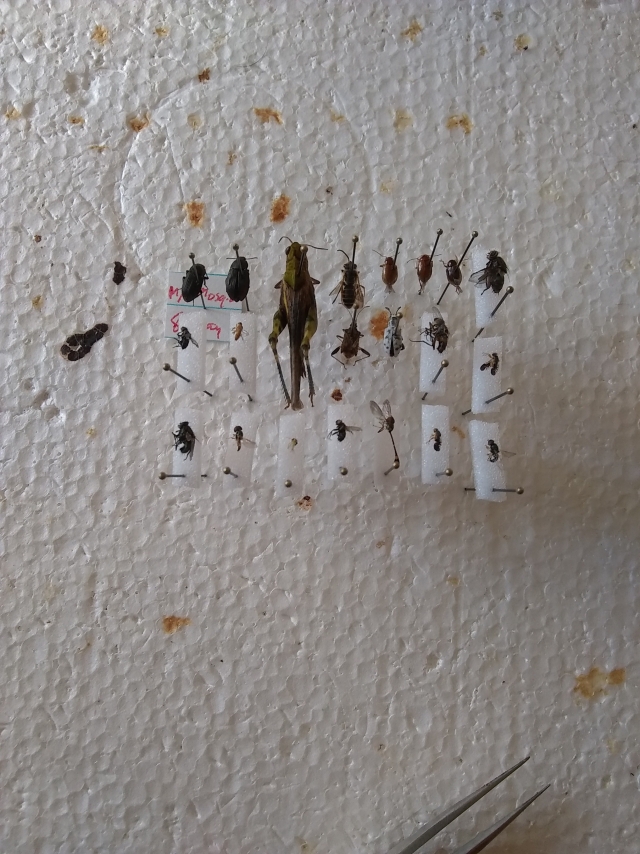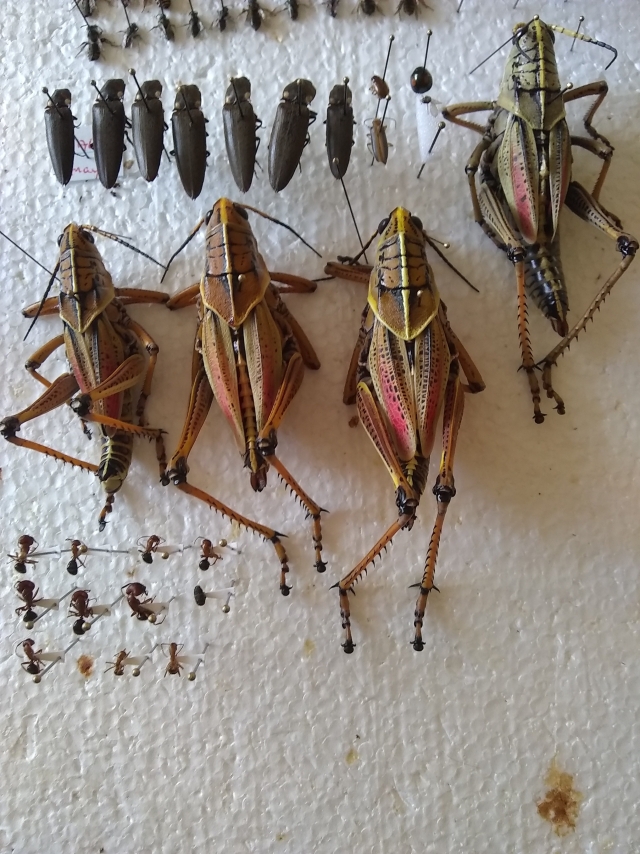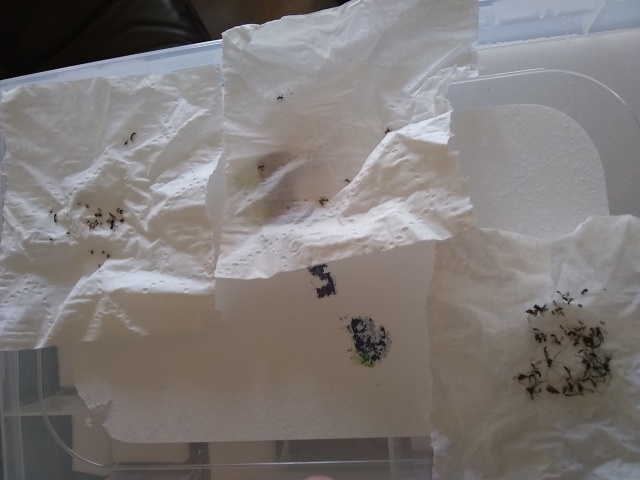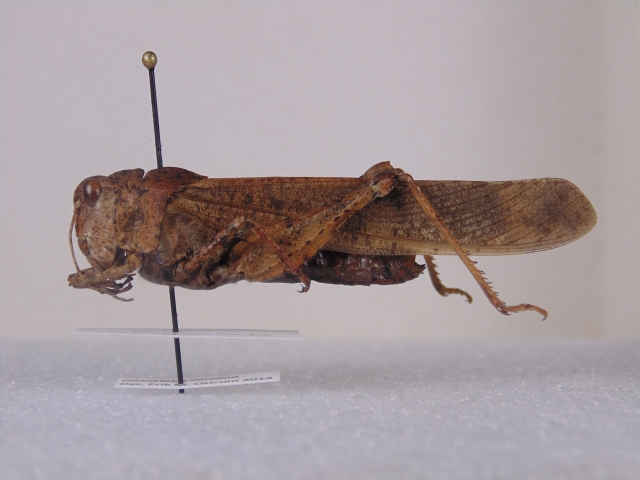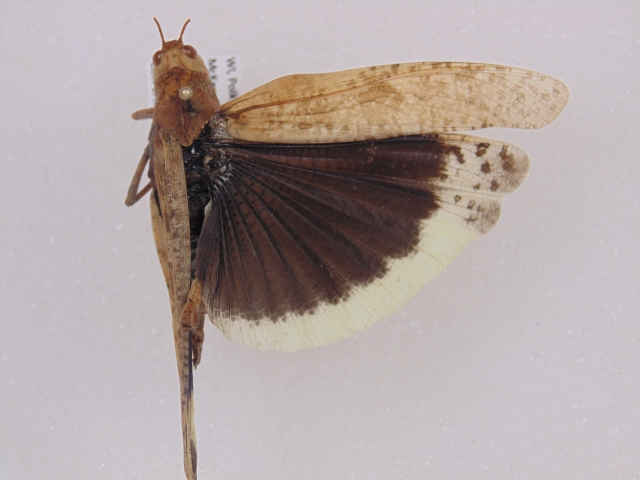I went out and was able to collect the first samples from the pitfall traps I put out. Because of work travel they were left out for 2 weeks, which I think I will continue the rest of the season.
There was a cold and wet spell during one of the weeks that lasted almost the entire week so I was worried about the state of the traps but luckily I worried for nothing. Despite this the traps still had good production.

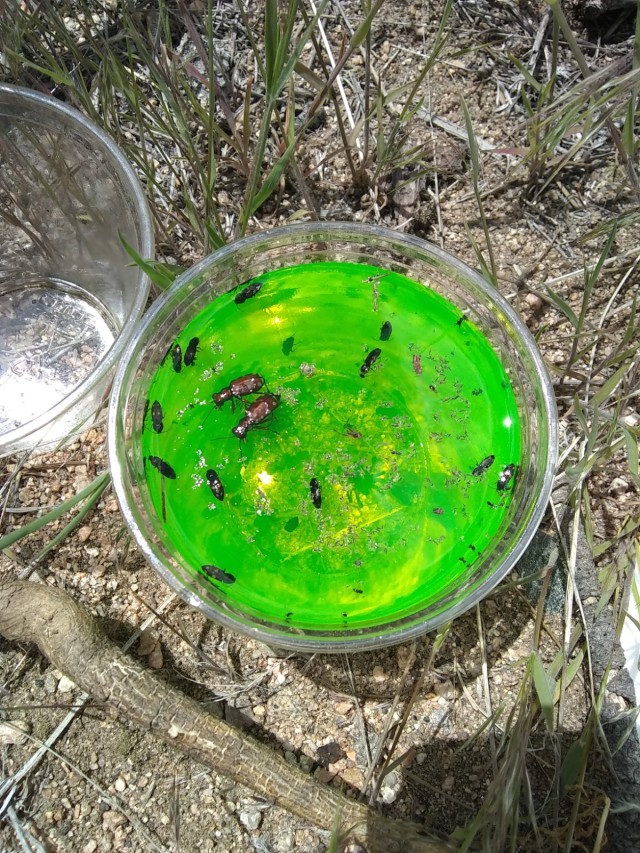
I was pleased to find a few tiger beetles in a couple traps which I was hoping for. At first glance I feel I had a decent amount of beetle variety.

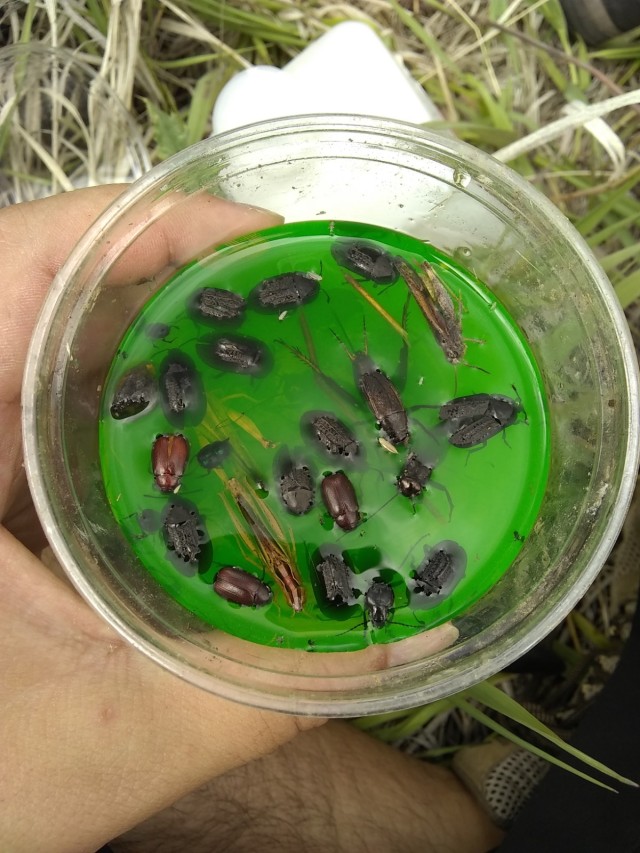
Some more beetles and some grasshoppers graced me in these couple traps. I was surprised by the number of grasshoppers captured in the traps.
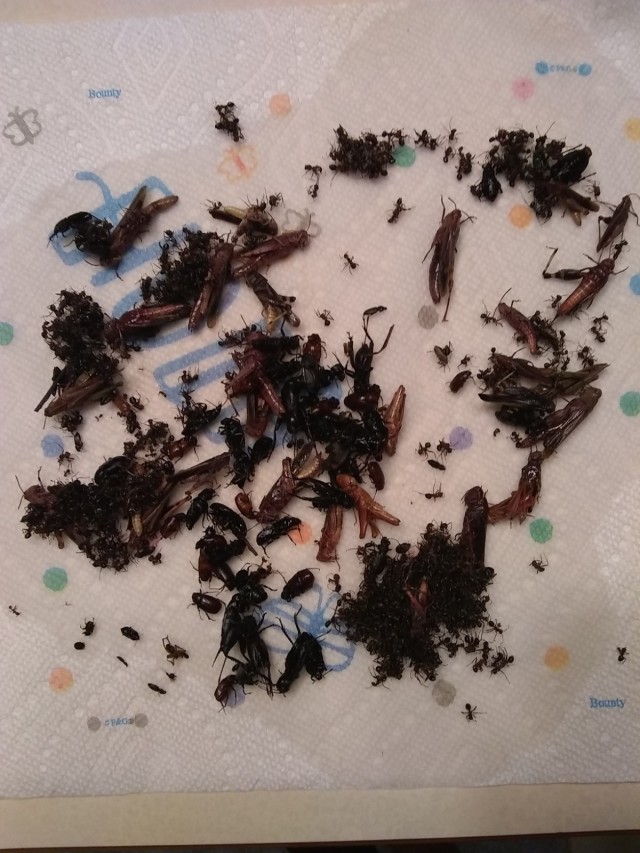
This is the accumulation of all 12 traps, as you can see a large amount of ants (mostly from 2 traps) are present along with a good amount of grasshoppers and beetles. I can’t wait to sort through everything. Right now they are in storage as I’ll go through them this winter along with all the other pitfall samples I collect.

